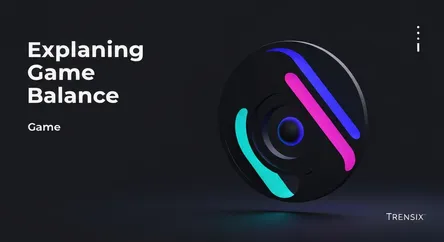Game
Explaining Game Balance

Discover what game balance is and why this core design principle is crucial for creating fair, fun, and competitive gameplay experiences.
What is it?
Game balance is a core principle of game design focused on creating a fair and enjoyable experience. It involves adjusting the rules, character abilities, items, and other variables to ensure that no single strategy or element is overwhelmingly powerful or completely useless. The goal is to provide players with multiple viable options for success, rewarding skill, strategy, and decision-making rather than the exploitation of an overpowered mechanic. This applies to single-player games by providing a challenging but not impossible difficulty curve, and to multiplayer games by ensuring a level playing field between competitors.
Why is it trending?
The concept of game balance is constantly trending due to the massive popularity of live-service and competitive online games like Valorant, League of Legends, and Apex Legends. These games are in a perpetual state of evolution, with developers frequently releasing patches to 'nerf' (weaken) or 'buff' (strengthen) characters and items. This continuous cycle of adjustments keeps the community engaged and debating the state of the 'meta' (the dominant strategies), making balance a hot topic on forums, social media, and streaming platforms.
How does it affect people?
Game balance directly shapes the player experience. Good balance fosters a sense of fairness, making victories feel earned and losses feel like opportunities to learn. It encourages strategic diversity and high replayability, as players can experiment with different styles. Conversely, poor balance leads to widespread frustration. It creates a stale metagame where everyone uses the same overpowered tactics, diminishes the value of skill, and can cause players to abandon a game they perceive as unfair or broken, ultimately impacting the game's community and longevity.